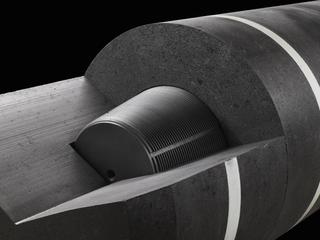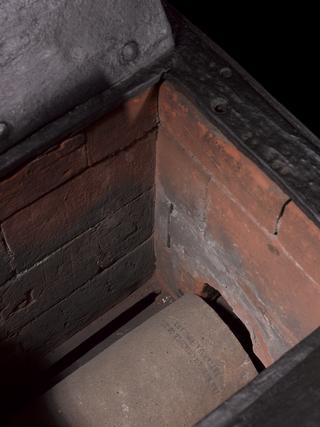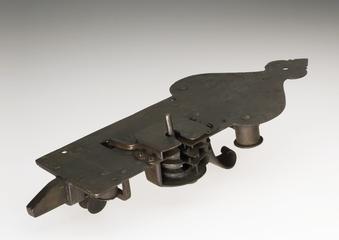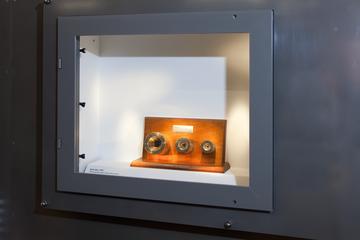






Several samples of natural black pebbles from various locations, selected for their suitability for gold assaying purposes when used as touchstones: Sample of black stone from near the site of Sardis in Western Turkey. Communicated to Prof Andrew Oddy, British Museum, by Prof Andrew Ramage October 1986
Touchstones are fine-grained siliceous stones, on whose abrasive surface a gold sample undergoing checks for purity would be rubbed. A streak of gold would be left on the stone’s surface, which could be compared against gold of known quality, to establish the sample’s purity. Touchstones were the main means of assaying the quality of gold throughout history, but remain in use today.
Details
- Category:
- Metallurgy
- Object Number:
- 2019-90
- Materials:
- stone
- type:
- pebble
- copyright:
- Science Museum Group
- credit:
- Gift of Dr W.A. Oddy




